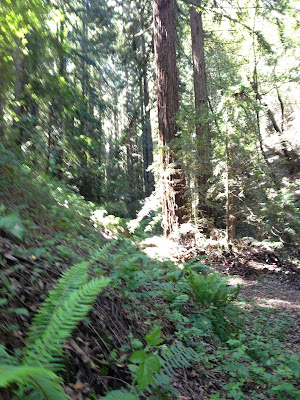New and Ancient Dramas Light up the Night Sky!

A dramatic rendering of Orion pursuing Taurus from Johannes Hevelius , a 17th c. Polish astronomer and brewer who compiled the most comprehensive star atlas at that time. ( Wikimedia image ) From my backyard after dark, I if I look over the camellia bush, neighbor’s fence, past the power pole, and up into the night sky I can see stars bright enough to shine through the urban night glare. I can go out and watch the moon rise and the planets in their succession and timing. As I was pondering there the other night, I realized I had a full view of Orion’s famous belt, and part of Taurus the Bull. Just out of view to the west, the Seven Sisters (the Pleiades) fled in front of Taurus and just below Orion’s left heel, his two faithful dogs trailed, the Big Dog and the Little Dog, Canis Major and Canis Minor. How many of you know these constellations? These were my first constellations I could reliably identify beyond the Big Dipper. They are prominent in the southern winter




